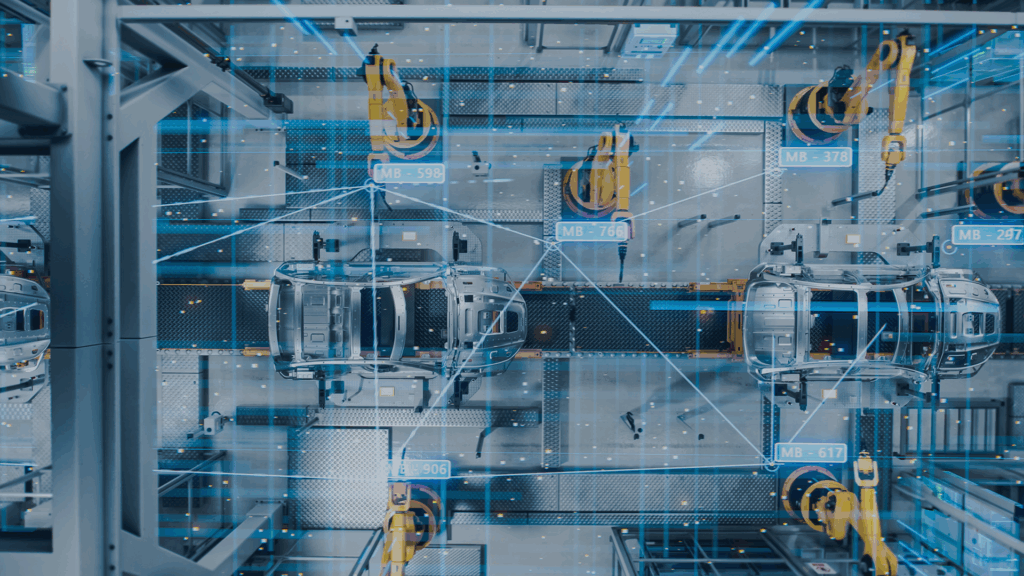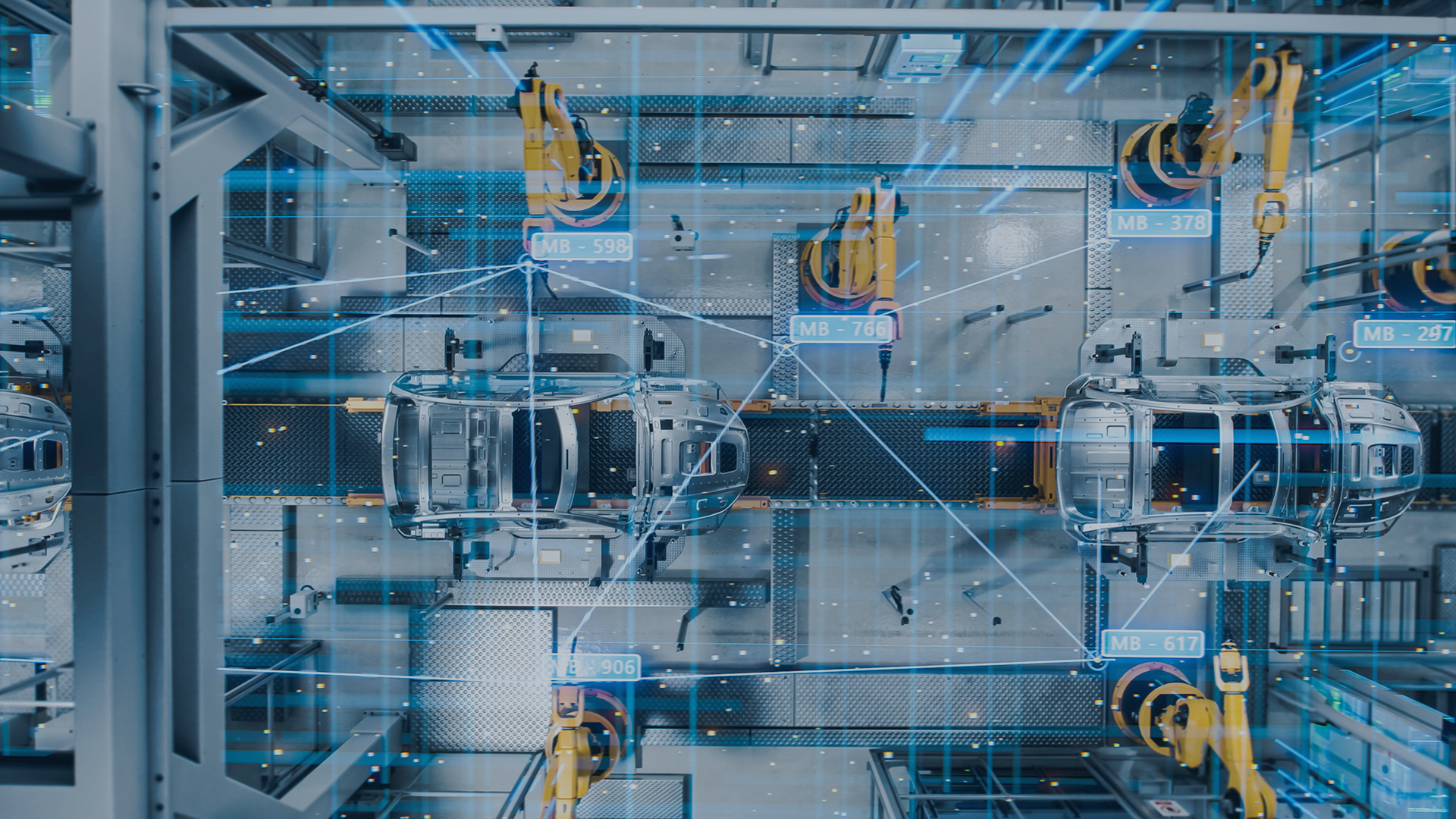Metrology has undergone a significant evolution with the advent of 3D measurement and scanning technologies. By 2025, the global 3D scanning market alone is expected to reach $53,345 million, according to Allied Market Research. Indeed, the global manufacturing industry is currently undergoing radical transformations thanks to the harnessing of the capabilities of 3D measurement devices.
These transformations are successful when manufacturers invest in the most suitable, i.e. the most scalable, 3D measuring devices. However, there are some important factors to consider and a certain approach to take before making such purchases, which this article will focus on.

Determining what needs to be measured
The approach to selecting and purchasing the right 3D measuring device is not very different from that for purchasing an electronic device for professional or personal use. Purchases are made according to the needs to be met.
From a metrological point of view, the importance of knowing exactly what is to be measured cannot be overstated.
At the risk of stating the obvious, it is essential to know:
- How accurate should the measurements be ? It’s very important to know this before you start measuring.
- Whether the device is to be manual or automated : manual measuring devices include handheld arms, laser trackers, manual CMMs, PODs, etc., while automated 3D measuring devices include CMMs, robots, etc. At this stage, you also need to consider the number of parts or features to be measured. If there are a lot of parts to measure, it’s best to choose an automated 3D measuring device, as this is a more practical option. It is possible to create a program that measures several parts at once. For a single part, a manual measuring device can be used.
- How big is the part: how big is the part to be measured? Can it be brought up to the measuring device?
- What needs to be measured: are they parts, holes, shapes (noting their level of geometric complexity), features, point clouds or meshes?
Define accuracy and precision requirements
Understanding the accuracy and precision requirements for what needs to be measured can be very helpful in choosing the right type of 3D measuring device.
For example, hand-held and portable devices are suitable for measuring individual parts. While a CMM is more accurate than a handheld arm, a touch probe is suitable for taking account of geometric tolerances. Optical sensors are suitable when less precision is required and a large number of points need to be measured. In general, optical scanners are suitable for measuring free-form parts, as they can work with both manual and automated measuring equipment. What’s more, it will be easier to draw up a color map to get an overview of the deformation of a part, for example.
Identification of laboratory and premises requirements
Some 3D measuring devices are subject to specific storage and maintenance conditions. It is advisable to make these arrangements in advance, before purchase or, at the very least, before delivery of the device.
Check whether the device requires :
- A dedicated laboratory or standard room
- Controlled room temperature: typical range is 20 degrees Celsius (+/-2 degrees)
- A certain level of humidity in the room
When these conditions are met, the devices work optimally and provide the most precise and accurate measurements. There are a number of 3D measuring devices suitable for workshop use, such as arms, laser trackers, some CMMs and robots.
Adopt a step-by-step or milestone approach
There are various 3D measuring devices available for measuring different parts and features. In some situations, a
To this end, it is useful to structure the production process into phases or steps, so that complex measurements can be carried out methodically. This ensures correct measurements, which in turn can lead to satisfactory production results.
Understand the consequences of choosing the wrong 3D measuring equipment
The risk of choosing and investing in an unsuitable 3D measuring device is higher when the above-mentioned factors are not taken into account during the purchasing decision phase.
While it is understandable to give priority to costs, it is not advisable to base the decision to purchase a 3D measuring device solely on the available budget. This can lead to :
- Incorrect measurement results
- Considerable loss of time when measuring thousands of parts, as the device is not adapted to the task.
- The impossibility of measuring what needs to be measured
- A waste of budgetary resources
- The need to repeat training sessions, which can be a source of frustration for quality control teams.
In other words, by working with the metrology team to make the right technical preparations, and by asking the right questions to the sales engineers, it’s possible to choose the right 3D measuring device.
